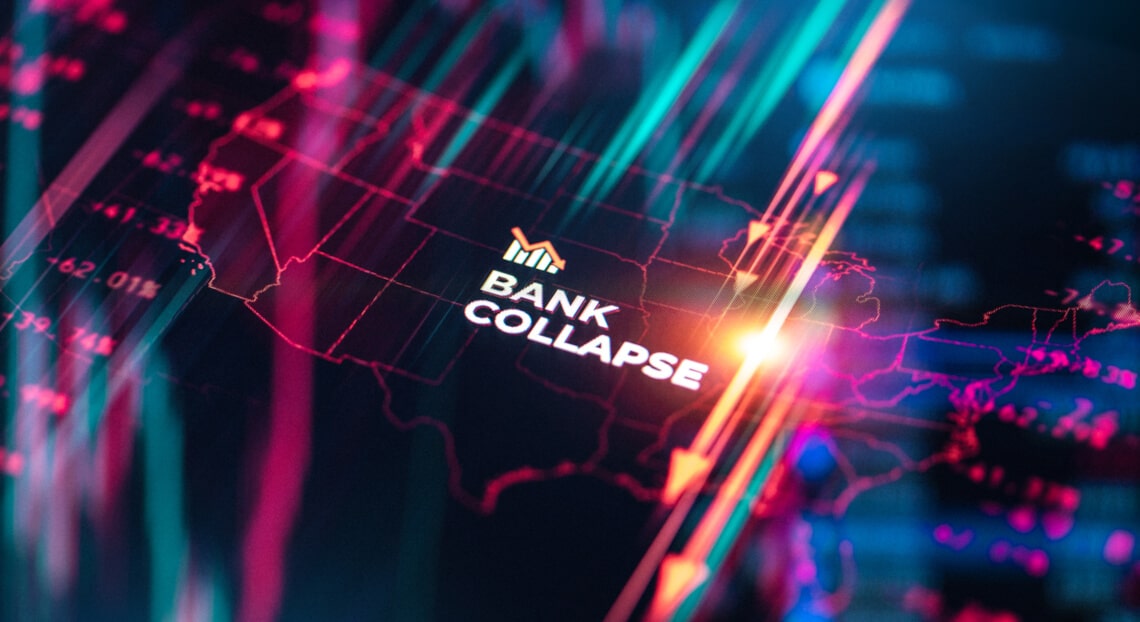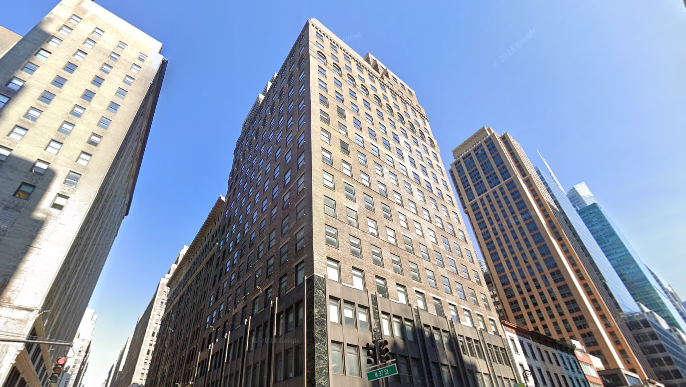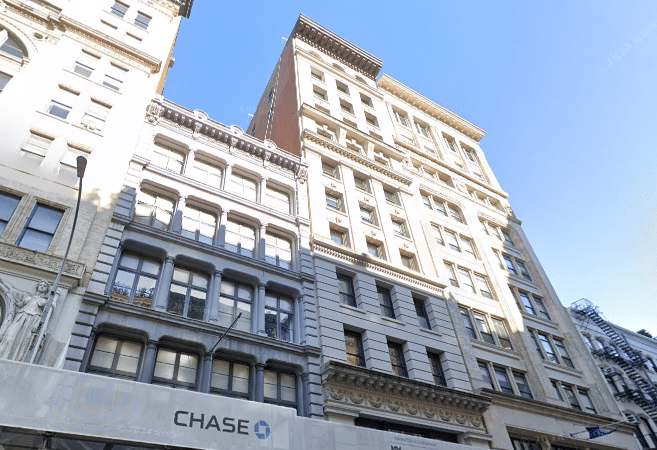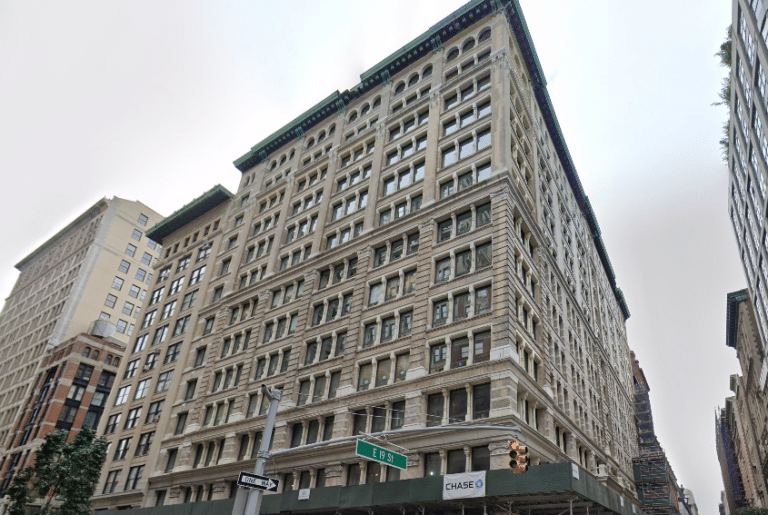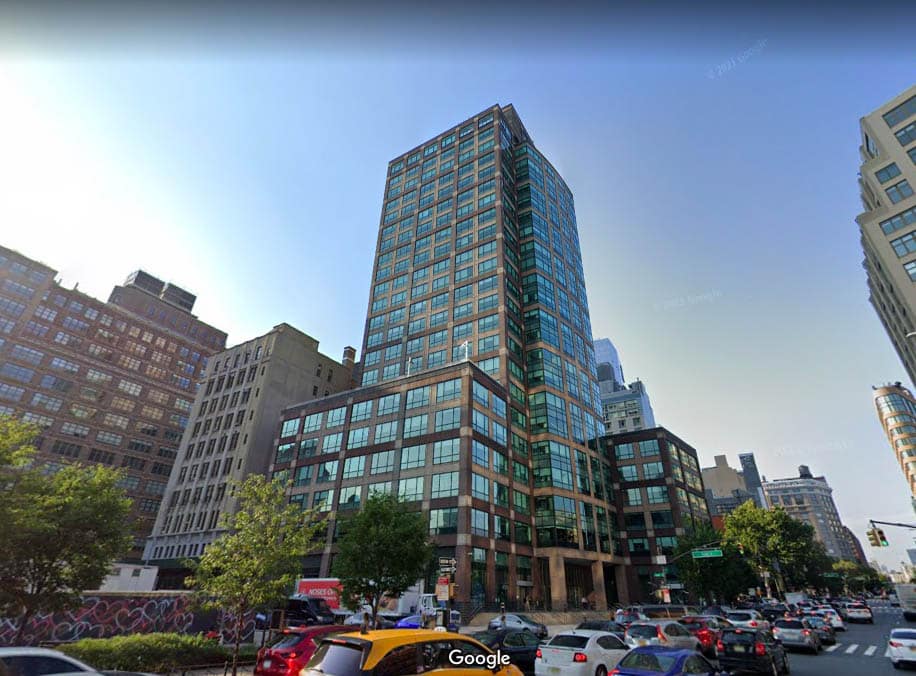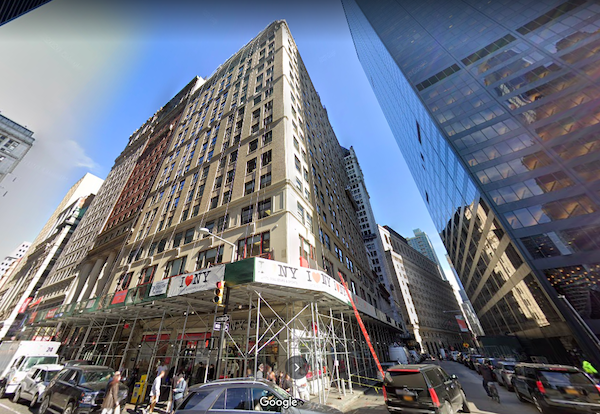March 8, 2023, marked the fall of Silicon Valley Bank, once a top institution for startups and venture capitalists. Days later, the contagion directly affected New York City’s commercial real estate market. Signature Bank, a major banking option for New York City’s real estate and a top lender to the crypto industry, collapsed after a similar bank run. The result? The Signature Bank collapse became the third-largest bank failure in U.S. history.
The failures of SVB and Signature Bank raise serious questions. Are these events sector-specific, or could they indicate larger economic turmoil? How will Signature Bank’s collapse impact the already distressed New York City commercial real estate market?
This piece will analyze the events and contextualize their potential implications.
Why Was Signature Bank Such a Big Deal For New York City Commercial Real Estate?
Joseph DePaolo and Scott Shay founded Signature Bank in 1999 with the support of Israel’s Bank Hapoalim. Over time, it became one of the largest banks in New York City, focusing on providing specialized financial services to privately-owned businesses, real estate investors, and high-net-worth individuals.
Signature Bank’s commercial real estate lending division was essential in financing various properties such as office buildings, retail spaces, hotels, and apartment complexes. Without their services, many projects may never have been completed.
At the end of 2022, Signature Bank’s real estate loans accounted for roughly a third of its $110.4 billion in assets, amounting to $35.7 billion. Furthermore, over the past decade, the bank’s real estate loan portfolio multiplied more than fourfold.
PincusCo, a property news and data company, reveals that only Wells Fargo & Co. and JPMorgan Chase & Co issued more commercial real estate mortgages against New York City buildings since January 1, 2020, than Signature Bank.
Calling Signature Bank a big deal for New York City commercial real estate is an understatement. After all, it was the bank of choice for such New York City real estate families like the Trumps, the Kushners, and the Kaufmans.
How Did It Collapse?
Signature Bank had recently gotten into cryptocurrencies as a potential growth business. Unfortunately, in the end, this proved to be its downfall.
Silicon Valley Bank’s failure made Signature’s depositors concerned due to its high amount of uninsured deposits and exposure to crypto and other tech-focused lending.
Twitter quickly spread word and caused panic before SVB’s bank run. In Signature Bank’s case, it was word spreading through New York’s close-knit real estate families. As word spread about Signature’s crypto exposure and plummeting stock price, firms like Marx Realty withdrew several million dollars from accounts associated with an office building.
Within 48 hours, customers withdrew more than $10 billion, leading to the third-largest bank failure in U.S. history.
Some argue that the fall of SVB and then Signature indicate moral hazard and contagion potential. However, the potential ripple effects on commercial real estate should be of more significant concern for New York City.
A Ripple Effect- But How Big?
As a major commercial real estate lender in New York City, the collapse of Signature Bank could have a far-reaching impact on the industry. Despite differing opinions on the level of contagion or ripple effects, there will undoubtedly be consequences. Let’s explore some of the most significant potential outcomes.
Office Space Demand
Many New York City commercial landlords and investors are understandably uneasy after Signature Bank’s collapse. Many trusted the bank with substantial deposits and now must urgently search for alternative options to safeguard their funds.
To make matters worse, the banking industry’s decreased demand for office spaces and the ongoing reality of remote work may directly impact landlords. Additionally, many may face pressure to reduce costly concessions to attract and retain tenants, such as tenant improvement allowances and free rent.
It’s also worth noting that Signature Bank leased 472,000 SF of office space in an already distressed market. Thus, the question on everyone’s mind is: Now what? How will landlords and property investors navigate this unpredictable and challenging situation?
Federal Reserve Monetary Policy
The collapse of Signature Bank has created a challenging dilemma for the Federal Reserve. High inflation and a tight labor market support further rate hikes, yet more hikes could exacerbate financial system stress and potentially trigger more bank collapses. In fact, according to the New York Times, the banking crisis has had a similar impact to a Fed rate increase.
The Federal Reserve raised interest rates by another quarter point on March 22, 2023. However, the future remains uncertain. The Fed’s priorities will have far-reaching implications for the commercial real estate market. Specifically, lending standards, interest rates, and capital availability are all potential concerns.
Tightening lending standards and restricting capital availability could significantly impact commercial real estate in New York City. The consequences may include a reduction in building improvements and upgrades, leading to lower-quality commercial properties. It will be important to carefully monitor the Fed’s actions to anticipate the impact on the commercial real estate sector.
Mortgage Defaults and Systemic Risks
Deposits could shift from smaller to larger institutions, or even outside the banking system. Meanwhile, lending standards may tighten further in the short term as banks brace for a potential recession. This could lead to a reduced availability of capital, higher interest rates, and stricter lending standards.
Such limited access to capital could spell trouble for office space landlords, many of whom may default on their mortgages. The Federal Reserve has already sounded the alarm on commercial real estate debt, citing it as a systemic risk. Moreover, Bloomberg referred to global real estate debt as a “time bomb” in January.
While widespread defaults have yet to occur, some have already taken place. For instance, Columbia Property Trust, owned by PIMCO, defaulted on $1.7 billion in mortgage loans, with Goldman Sachs, Citigroup, and Deutsche Bank among its lenders.
The Key Takeaway of the Signature Bank Collapse
The recent bank collapses have highlighted the vulnerabilities in our financial system. So it begs the question, what’s next? Goldman Sachs just lowered its Q4 GDP growth forecast for the U.S. economy by 0.3 percentage points to 1.2%. It also now sees a 35% probability of a recession within the next 12 months. The cause? Tighter lending standards and reduced investment spending.
The impact of Signature Bank’s collapse on New York City commercial real estate and the banking sector cannot be ignored. Reduced demand for office space and potential mortgage defaults by landlords could have far-reaching consequences, potentially damaging major banks. As a result, there could be even tighter lending standards, forcing the Fed to slow down its rate hikes to avoid an economic slowdown. This is all happening despite inflation remaining too high for anyone’s liking.
Despite some arguing that these collapses were isolated incidents, contagion risks in the banking and New York City commercial real estate sectors are genuine. Therefore, the fallout from these collapses should serve as a stark reminder of the fragility of our financial system and to stay vigilant.
